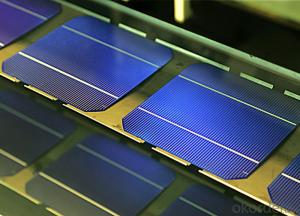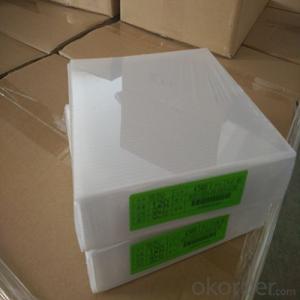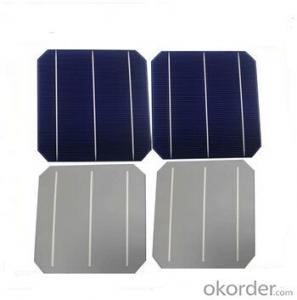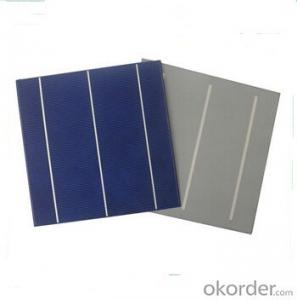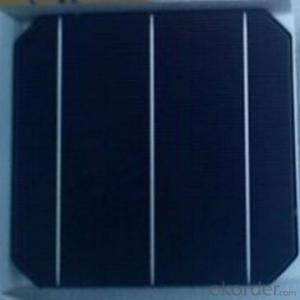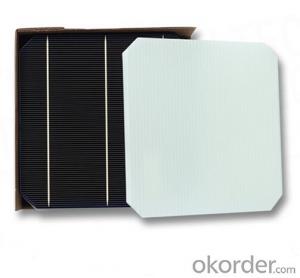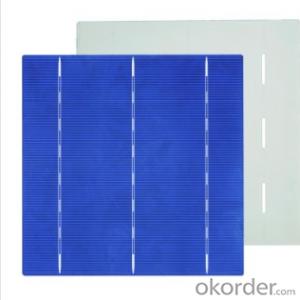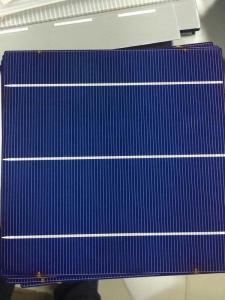Lightest Solar Cells
Lightest Solar Cells Related Searches
Except For Solar Cells Weegy Problems With Solar Cells High Power Solar Cells Light Trapping In Solar Cells High Performance Solar Cells High Output Solar Cells High Wattage Solar Cells Energy Transfer In Solar Cells High Efficiency Hvac Systems Recombination In Solar CellsHot Searches
Cheap Solar Cells For Sale Flexible Solar Cells For Sale Q Cells Solar Panels For Sale Printed Solar Cells For Sale Bulk Solar Cells For Sale 6x6 Solar Cells For Sale Broken Solar Cells For Sale Cpv Solar Cells For Sale Photoelectric Cells For Sale Price Of Silicon Solar Cells Price Of Solar Cells Over Time Buy Solar Cells From China Cheap Solar Cells China Best Type Of Solar Cells Flexible Solar Cells Price Q Cells Solar Panels Price 3 Types Of Solar Cells Production Of Solar Cells Common Types Of Solar Cells Q Cells Solar Panel PricesLightest Solar Cells Supplier & Manufacturer from China
Okorder.com is a professional Lightest Solar Cells supplier & manufacturer, offers integrated one-stop services including real-time quoting and online cargo tracking. We are funded by CNBM Group, a Fortune 500 enterprise and the largest Lightest Solar Cells firm in China.Hot Products
FAQ
- Yes, solar cells can be used in military applications. They have various applications in the military, including powering remote surveillance systems, communication equipment, and providing electricity to field operations in remote areas. Solar cells offer a reliable and sustainable source of energy, reducing the reliance on traditional fuel sources and enhancing the operational efficiency of military units. Additionally, solar technology can be integrated into portable and lightweight systems, improving mobility and reducing the logistical burden for military personnel.
- Solar cells may not perform optimally in areas with high levels of volcanic ash. Volcanic ash can reduce the amount of sunlight reaching the solar cells, thereby decreasing their efficiency. Additionally, ash particles can settle on the surface of the solar panels, blocking sunlight and reducing their output further. Regular cleaning and maintenance may be required to ensure effective performance in such areas.
- Yes, solar cells can be used to power electric vehicle charging stations. Solar panels can generate electricity from sunlight, which can then be used to charge electric vehicles. This not only promotes the use of renewable energy but also reduces the carbon footprint of electric vehicles by eliminating the need for grid electricity.
- Yes, solar cells can be used for powering hotels. Solar energy is a clean and renewable source of power that can be harnessed through the use of solar cells, also known as photovoltaic panels. These panels convert sunlight into electricity, which can be utilized to power various appliances and systems in hotels. By installing solar panels on rooftops or in open spaces, hotels can reduce their reliance on conventional energy sources, lower their carbon footprint, and potentially save on electricity costs in the long run.
- Solar cells handle fluctuating sunlight intensity through a process called maximum power point tracking (MPPT). MPPT technology ensures that solar cells are able to continuously optimize their performance and output power by constantly adjusting the electrical load to match the varying sunlight conditions. This allows solar cells to efficiently convert sunlight into electricity, even when the intensity of sunlight changes throughout the day or due to weather conditions.
- Yes, solar cells can be used to power outdoor signage. Solar panels or cells can be installed on or near the signage to harness sunlight and convert it into electricity. This renewable energy source can provide a sustainable and cost-effective solution for powering outdoor signage, reducing dependence on traditional power sources.
- Yes, solar cells can be combined with energy storage systems. This combination allows for the capture and storage of excess solar energy generated during periods of high sunlight, which can then be used during times when solar energy is not available. Energy storage systems help address the intermittent nature of solar power, ensuring a continuous and reliable energy supply.


















